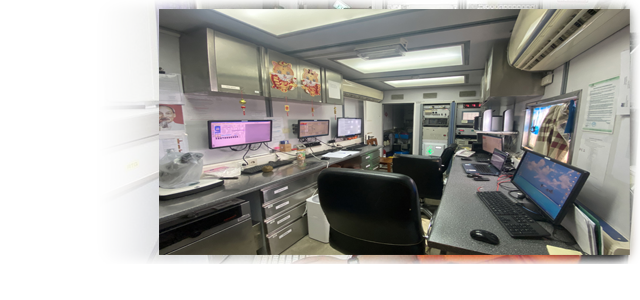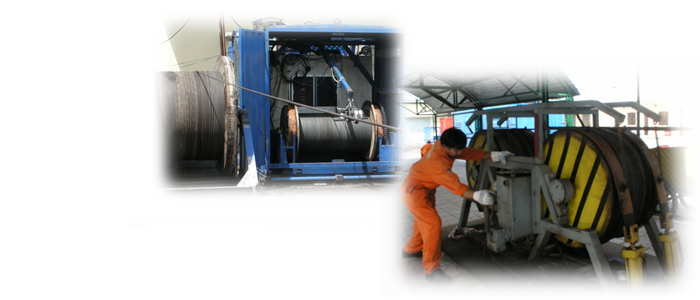L&TD
LOGGING & TESTING DIVISION

MicroSpherically Focused Log Resistivity
|
|
Opened fracture in White Tiger basement was detected by MSFL, DLL & CAST-V combination |
|

Microlog tools provide data useful in indicating porosity and permeability and in establishing net reservoir thickness for precise sand count. The tools use a pad-mounted system of electrodes to produce two resistivity measurements — a 1.5-inch lateral and a 2-inch normal. The tools have very fine vertical resolution and are excellent for delineating thin beds.
Although both measurements made by Microlog tools indicate the resistivity of the region adjacent to the borehole each measurement responds differently in permeable zones. Resistivity measured by the lateral device, with a depth of investigation of approximately 1 inch, is heavily influenced by mud cake. The invaded zone heavily influences resistivity measured by the normal device, with a 4-inch depth of investigation. In impermeable formations, both resistivity curves track closely. In permeable zones, where mud cake is present, the curves separate, with the normal resistivity reading higher than the lateral resistivity.
Microlog tools can be run only in water-based mud, and best results are obtained with freshwater mud. A Caliper survey is run routinely with Microlog measurements. The tool is usually run in combination with a Gamma tool and can also be run in combination with Density and Dielectric devices.
Applications:
- Resistivity of flushed zone
- Locate porous and permeable zones
- Delineate thin beds
- Estimate porosity
- Movable hydrocarbon indication
- Caliper















